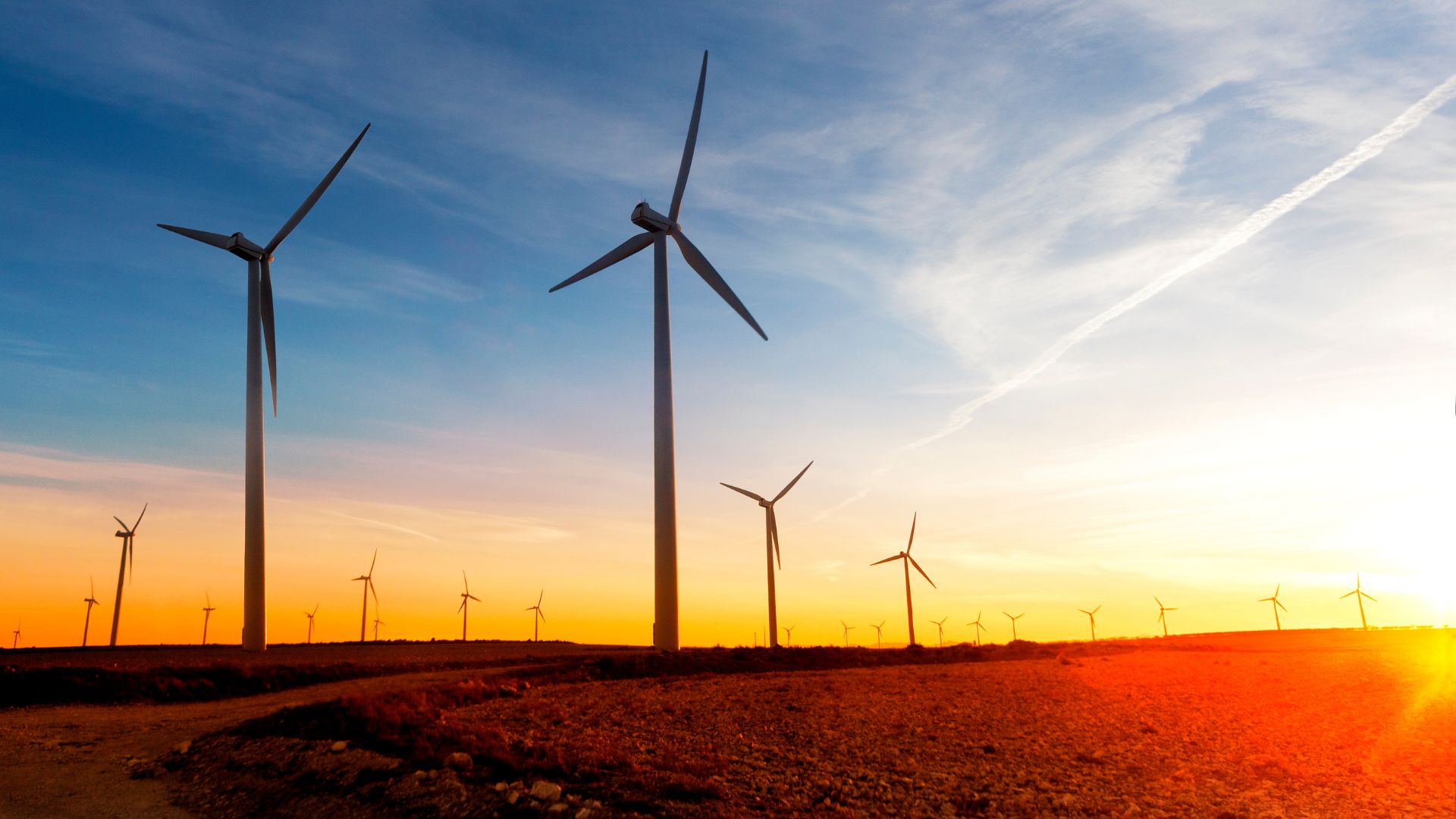The European Union has set ambitious climate goals, but how can these best be achieved? Drawing on a new book, Paul Schmidt, Johannes Pollak and Michael Kaeding argue Europe will need far better coordination and a clear commitment to pursuing a socially viable solution to climate change.
The climate crisis is undoubtedly the greatest challenge of our time. Droughts, widespread forest fires, floods, landslides, coastal degradations and increases in temperature are already part of our present and will occur ever more frequently in the future. Far from theoretical doomsday scenarios, these developments are based on scientific evidence. Furthermore, climate change harbours an unprecedented social and political explosive force since it deepens existing societal cleavages within countries, resulting in more and more polarised societies, not just across Europe, but worldwide.
It is widely acknowledged that humankind has to take action immediately to mitigate the effects of climate change and remedy its causes. On an international level, the United Nations Climate Change Conferences are held annually to assess progress in dealing with climate change. And the reports are less than reassuring.
At the COP 21 in Paris in 2015 it was agreed to hold the increase in the global average temperature to well below 2°C above pre-industrial levels. In recent years, world leaders have emphasised the need to limit global warming to 1.5°C by the end of this century. The focus lies on reducing the amount of naturally occurring greenhouse gases in the atmosphere caused by the burning of fossil fuels, deforestation and livestock farming, all of which are increasingly influencing the climate and temperature on the planet. Eight years after, we are still far from achieving this objective. Lack of political will and electoral cycles seem to trump reason again and again.
Europe’s climate strategy
To stop global warming, we must become CO2 neutral worldwide. The European Union’s ambitious Green Deal sets out environmental standards, which shall make Europe the first climate-neutral continent by 2050 and decouple economic growth from resource use. With this strategy for achieving climate neutrality, the European Climate Law setting binding EU climate targets for 2030 and 2050, and with further legislation to implement it, the EU is well equipped with the necessary regulatory framework to tackle climate change.
But will the member states and its regional and local authorities implement it? Many civil society groups almost daily voice their concerns and demand action instead of words. And will the European Green Deal establish another Brussels effect by setting international standards?
So far, a unified European approach is difficult to discern. Rather we see a variety of different country-by-country efforts, which give rise to unequal national climate and energy plans and beggar-thy-neighbour politics. Given the diverse national energy mixes as well as the unique circumstances and historical backgrounds that every EU member state faces, this is hardly surprising. Yet, it is oddly inadequate given the magnitude of the crisis.
We can no longer find refuge in explanations that already held insufficient explanatory power in the past and had to serve as an excuse for inaction. To realise Europe’s full potential and show international leadership in combating climate change, one single climate policy is needed instead of a fragmentation of climate competences. Boosting CO2 neutral and renewable energy, reducing independences and starting joint energy procurement are merely firsts steps in this direction and sooner rather than later Europe will need an even more closely coordinated, long-term approach.
A socially viable solution
The transition towards climate neutrality by 2050 can only work if it happens in a fair and socially viable manner. Let us not forget that more than 10% of Europeans suffer from energy poverty: a number that is only likely to increase with Russia’s war in Ukraine and rising prices. Any European transformation policy needs to pay special attention to this fact.
The EU set up the Social Climate Fund along with its climate policies and supports regions in transition with the Just Transition Fund to ease the burden for low-income groups. The social dimensions of the green agenda and financial assistance for the more vulnerable parts of society are essential for sustainable and broad public support as well as a stable political environment. However, much more needs to be done to lift millions of Europeans out of energy and food poverty and secure a socially just transformation. Otherwise, Europe’s climate strategy and its positive agenda will face widespread rejection.
Although it seems ambitious to achieve the above outlined green transition in only two decades, the goals can still be met with enough political strength and if we start implementing our decisions vigorously. However, even if we meet the goals we have defined for ourselves, the world from yesterday is gone. The green transformation must also include a change of our habits, from long-distance travel to energy use, from energy efficiency to saving.
Progress has been made in all areas of the Green Deal, reducing greenhouse gas emissions, reversing biodiversity loss and advancing the circular economy. However, Europe needs to show leadership and prove to the world that despite the pandemic and Russia’s war in Ukraine, it continues to pursue a socially just path towards climate neutrality by reinventing its model for a social market economy.
For more information, see the authors’ new book, published in the framework of TEPSA, Climate Change and the Future of Europe – Views from the Capitals






